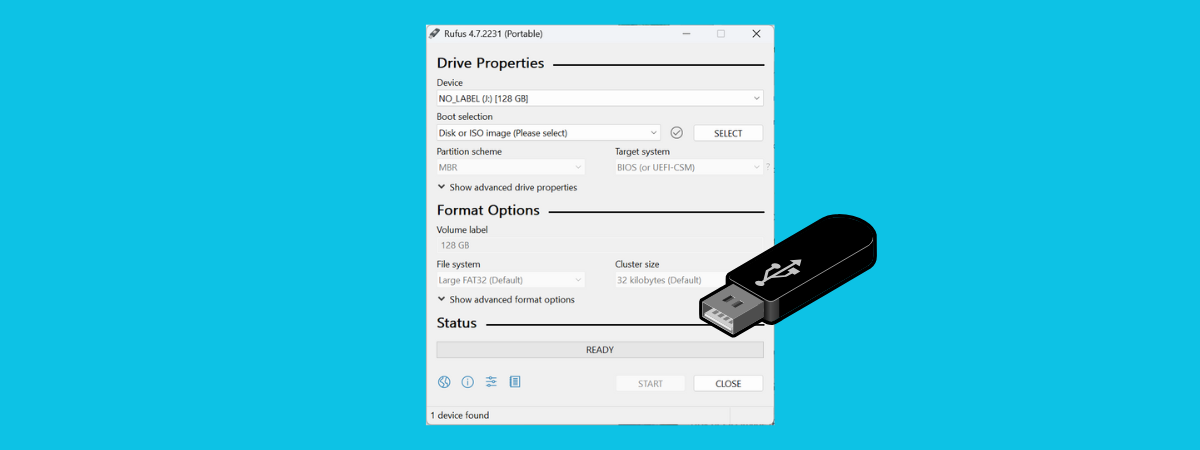
Herbal teas—chamomile, peppermint, and ginger, for example—are created from a wide variety of herbs and other plants. Technically, these aren’t teas (they’re officially called tisanes), but they offer similar pleasure and comfort, with flavors that can range from sweet to peppery.
Today, some enthusiasts even treat tea like wine, pairing different types with food that complements them. For instance, Shabnam Weber, a tea sommelier and president of the Tea & Herbal Association of Canada, says black tea goes well with beef, green with shellfish, and white with peach-based desserts.
While you’re deciding which tea to brew, don’t forget the likely health benefits. The use of tea as a medicinal beverage appeared in written texts around the third century in Asia. And there’s growing evidence that those who regularly drink true teas may have a lower risk of a heart attack, type 2 diabetes, cancer, cognitive decline, and other health problems.
Substances known as polyphenol antioxidants—which fight cell damage and inflammation—are probably responsible for the protective properties of true teas. Herbal teas, some long used as home remedies, may have healthful effects as well. But with so many herbal drinks out there, their effectiveness can be harder to prove.
The caffeine that’s naturally found in teas like black, green, and white can also be good for you in moderation and “may help keep your brain and nervous system healthy,” says Michelle M. Francl, PhD, a professor of chemistry at Bryn Mawr College in Pennsylvania and author of “Steeped: The Chemistry of Tea” (Royal Society of Chemistry, 2024).
With both true and herbal teas, though, there has been concern about potential contaminants such as pesticides and heavy metals, including lead. But when CR’s scientists tested 30 popular black, green, and herbal teas, they found little to be worried about with the vast majority of them. (See more details on these test results.)
How much tea should you drink? There’s no standard recommendation. Some experts suggest having two to three cups per day to get the benefits. Just be sure to balance your intake with your tolerance for caffeine (or drink decaffeinated varieties).
Source link










